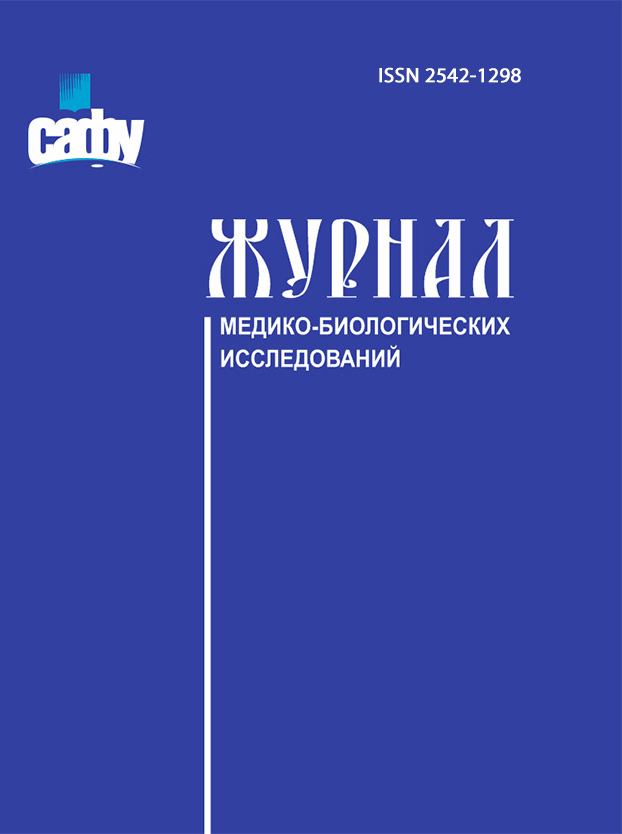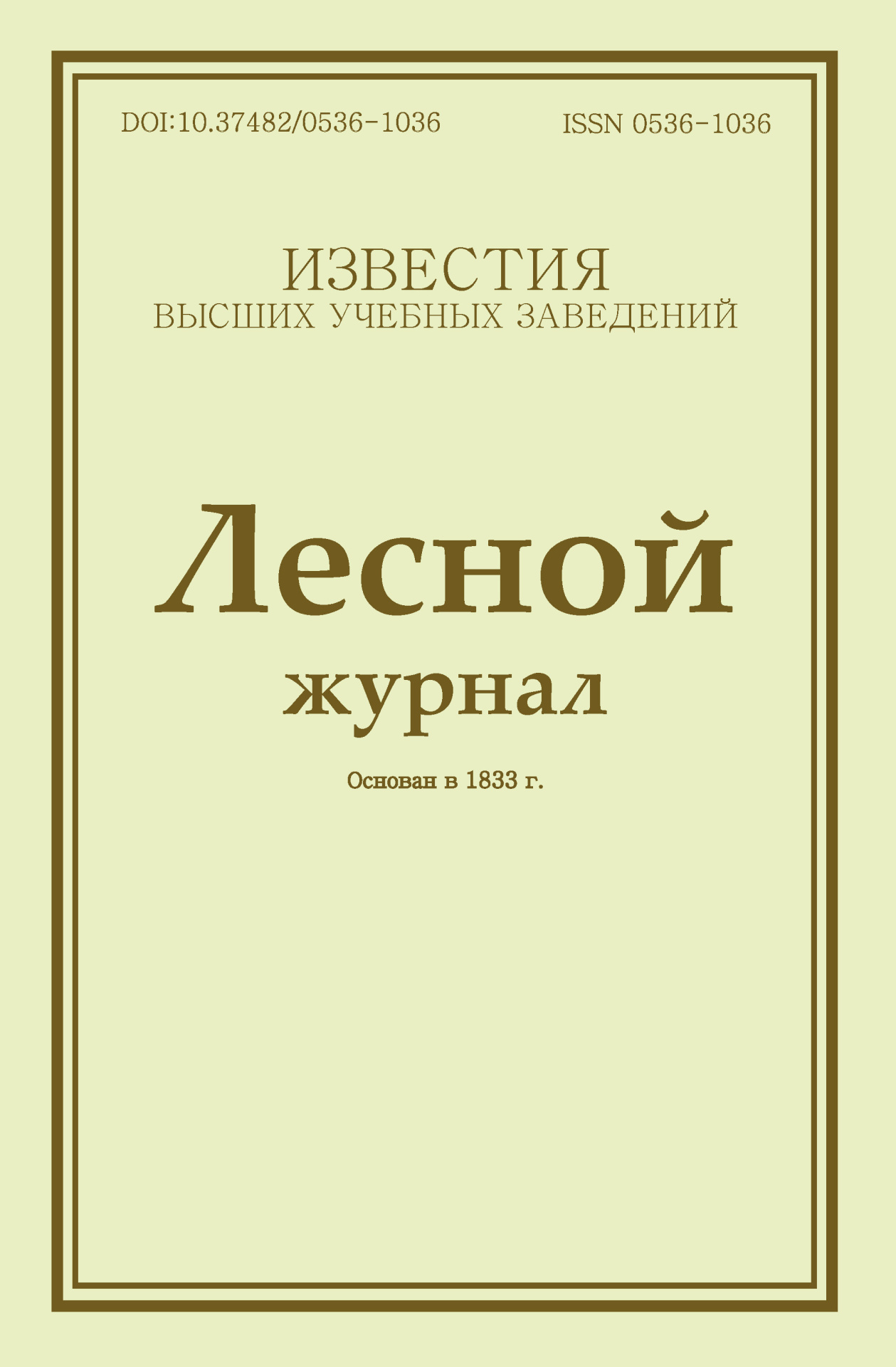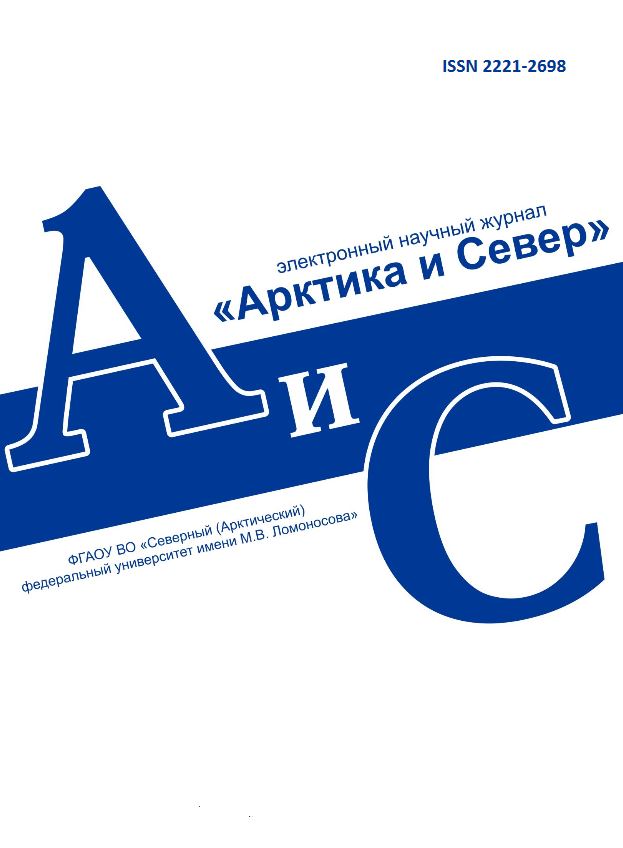
Vestnik of Northern (Arctic) Federal University.
Series "Humanitarian and Social Sciences"
ISSN 2227-6564 e-ISSN 2687-1505 DOI:10.37482/2687-1505
Legal and postal addresses of the founder and publisher: Northern (Arctic) Federal University named after M.V. Lomonosov, Naberezhnaya Severnoy Dviny, 17, Arkhangelsk, 163002, Russian Federation Editorial office address: Vestnik of Northern (Arctic) Federal University. Series "Humanitarian and Social Sciences", 56 ul. Uritskogo, Arkhangelsk
Phone: (8182) 21-61-20, ext. 18-20 ABOUT JOURNAL |
Section: History Download (pdf, 0.5MB )UDC81ʼ367.6:811.163.1DOI10.37482/2687-1505-V424AuthorsNikolay V. ChugaevCand. Sci. (Philol.), Prof. at the Department of the Humanities and Social Sciences, Perm Military Institute of National Guard Troops of the Russian Federation (address: ul. Gremyachiy Log 1, Perm, 614112, Russia). e-mail: aegolios@yandex.ru, ORCID: https://orcid.org/0000-0002-4245-5279 AbstractThis article aimed to study the morphological and derivational composition of nouns and determine the ratio of their inflectional classes, as well as identify the most productive types of word formation and their stylistic correlation in the 1741 written record “Stolp prikhodnoy denezhnoy kazny Pyskorskoy zavodskoy kantory 1741 godu” (Receipt Ledger of Pyskor Plant Treasury for the Year 1741). In addition, the paper focused on the neutralization of the stylistic markedness of a number of derivational suffixes of different origin: markers of grammatical person and abstract nouns, and others. The scientific importance of the study consists in clarifying the chronology of morphological and stylistic changes based on the material of previously unexplored cursive documents of provincial offices. According to the results, the largest number of nouns belongs to the hard-stem types of masculine declension (ending in -o) and feminine declension (ending in -a). Deverbative word-forming models with the zero suffix and suffixes -к(a) and -ни(e) were found to be especially productive. In addition, the research showed a tendency of a number of Church Slavonic suffixes to lose their stylistic markedness, which is evidenced by the widespread use of nouns ending in -ни(e) in the written record under study. Moreover, the suffixes -щик and -к(a) on the one hand and -тель, -ств(o) and even -cтви(e) on the other are used in the same contexts. The process of neutralization within the word-formation system, however, cannot be considered complete since, firstly, no parallel derivatives with different-style suffixes were identified, and, secondly, there remains a correlation between same-style prefixes and suffixes: вы-, рос-/-к(a); ис-, рас-/-ни(e).Keywordswritten records of the 18th century, historical morphology, historical stylistics, historical word formation, noun, derivational suffixesReferences
|
Make a Submission
INDEXED IN:
|
Продолжая просмотр сайта, я соглашаюсь с использованием файлов cookie владельцем сайта в соответствии с Политикой в отношении файлов cookie, в том числе на передачу данных, указанных в Политике, третьим лицам (статистическим службам сети Интернет).






